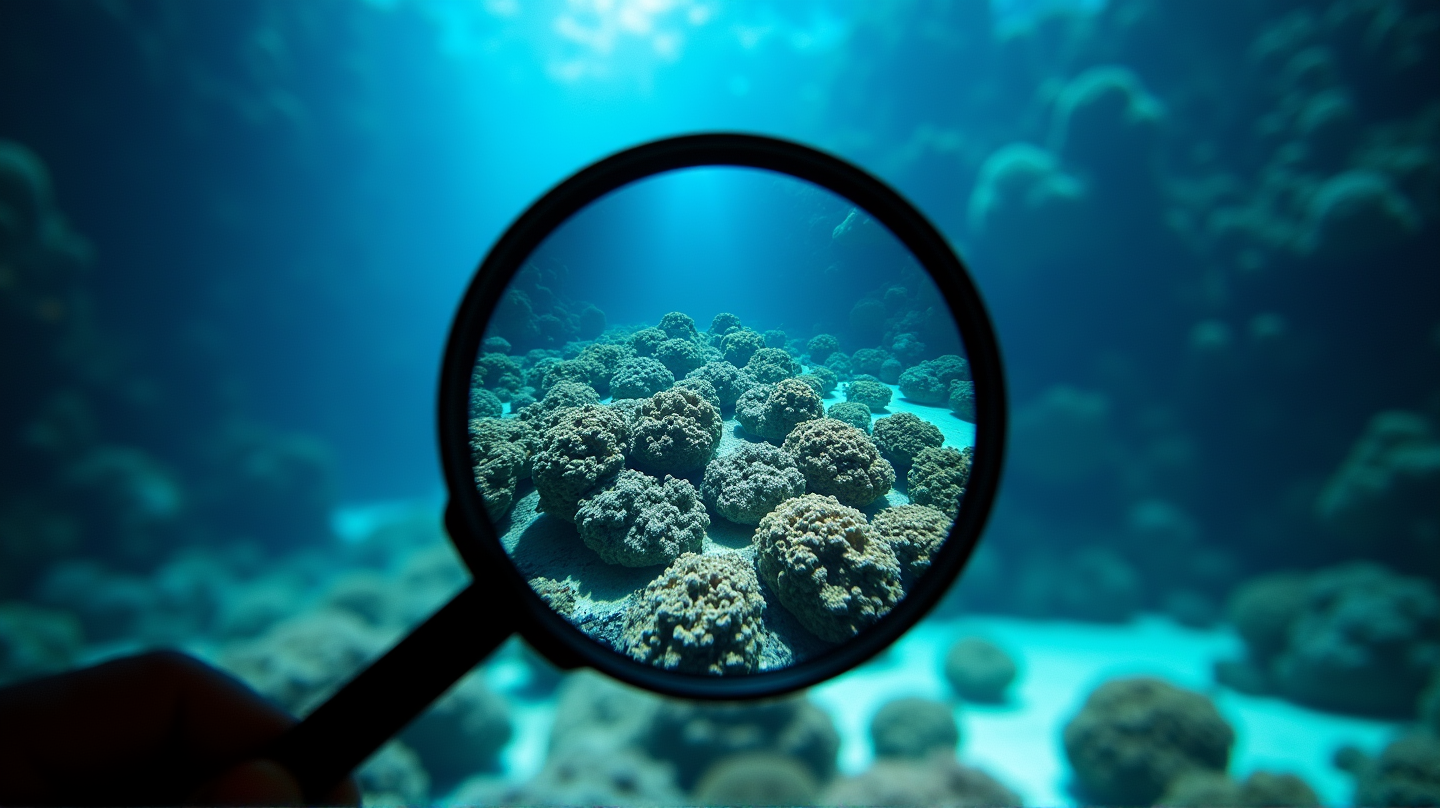Introduction: The GBR’s Narrative Entanglement
The Great Barrier Reef (GBR) stands as a vivid testimony to nature’s grandeur, yet it finds itself entangled in a narrative spun by media organizations across the globe. Recent misinterpretations have cast doubt on the looming threats posed by climate change, misaligning public perception and potentially stifling crucial environmental policies. According to Nature, examining these narratives provides profound insights into the dynamics at play within media and public discourse.
The Complex Media Ecosystem
In contemporary society, science messages face a daunting journey through a complex and often convoluted media landscape. News about the GBR, originally grounded in evidence and careful scientific documentation, frequently mutates as it ricochets through digital and traditional media platforms, shaped to capture attention through dramatized narratives.
The Case Study: AIMS and Media Amplification
An exemplary case is the 2022 report by the Australian Institute of Marine Science (AIMS). A narrative of “reef recovery” was spotlighted, drawing attention to unprecedented coral growth without fully acknowledging the persistent climate risks. This announcement spiraled into an online and offline media blitz that latched onto the optimistic tongue without the nuances, often sidestepping the broader, ongoing vulnerabilities of the reef environment.
Unmooring Climate Science: The Role of Misinformation
As strained messaging disperses into the world, the original intentions of scientific reports can become unmoored, providing fodder for climate denialism. Online platforms, with their rapid-fire spread and echo chambers, particularly magnify these distortions, influencing public sentiment and contributing to a eroding belief in the dire realities of climate change.
Strategies for Re-aligning Science Communication
To counteract the proliferation of such narratives, scientists must engage proactively in strategic communications, preparing for potential misinterpretations and reinforcing the multi-faceted truth of climate science. This necessitates a more robust, measured storytelling approach that goes beyond simplification, striving for clarity and context in each headline and soundbite.
Future Implications and the Path Forward
Recognizing that the path to wider public understanding is fraught with obstacles, a conscious effort is needed from scientific bodies, media entities, and social networks alike. There is an urgent call for enhanced verification processes, an infusion of scientific literacy among journalists, and strategic framing that emphasizes the breadth and complexity of environmental messages—crucially, the threats facing the GBR due to climate change.
Conclusion: Joining Hands Across the Divide
This examination underscores the shared responsibility of media practitioners, scientific communicators, and policymakers. Only through coordinated efforts can we hope to guide public perception towards informed understanding and inspire decisive action on climate change to safeguard treasured ecosystems like the GBR.
In this era of instantaneous news and digital ubiquity, ensuring nuanced and faithful representation of scientific truths is more critical than ever. This collaborative endeavor is not merely an option but an essential pathway to fostering an informed, proactive, and engaged global community.
